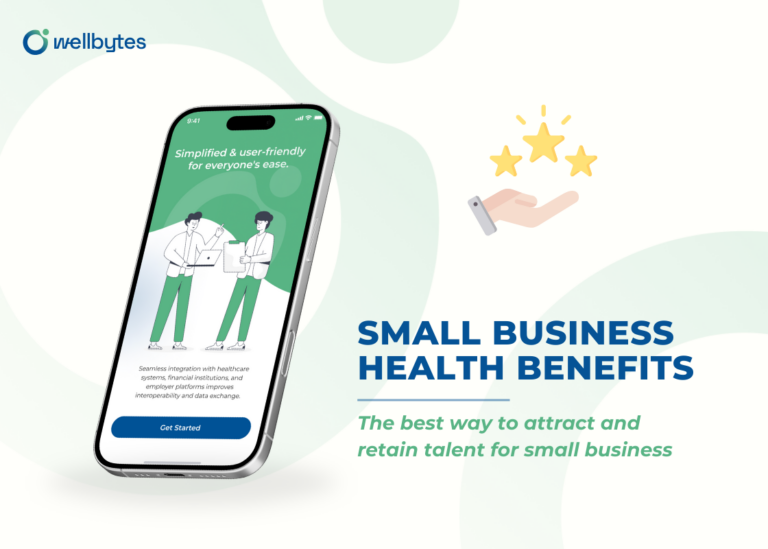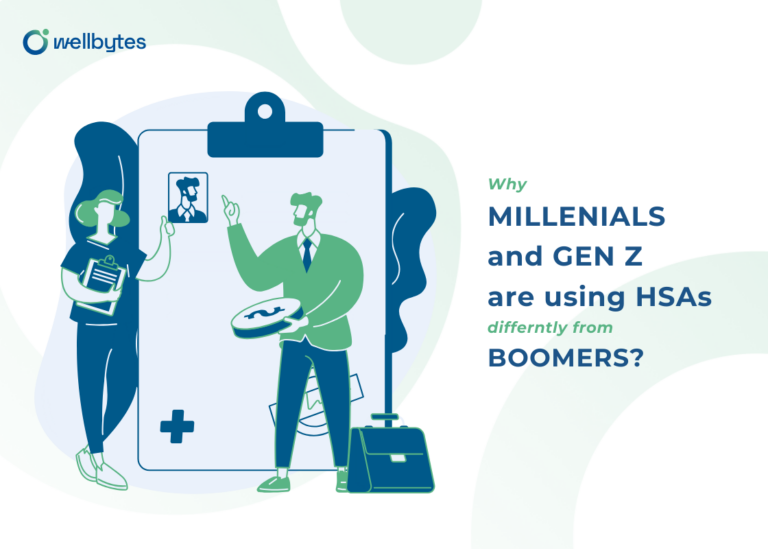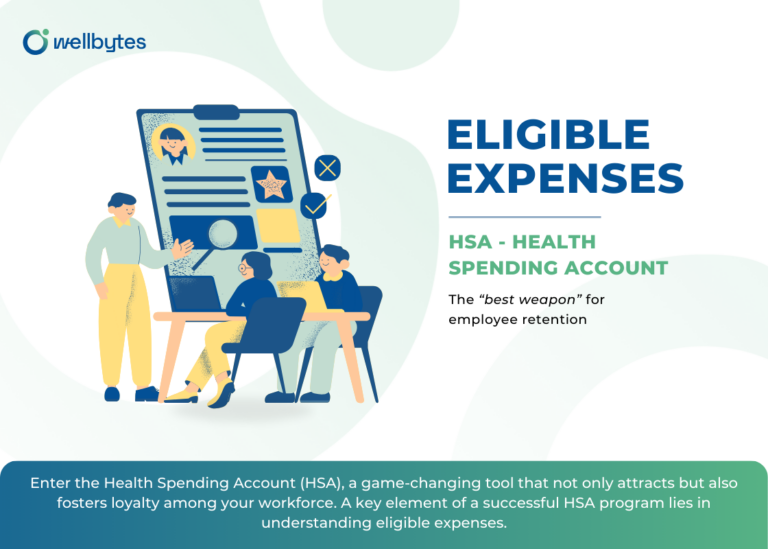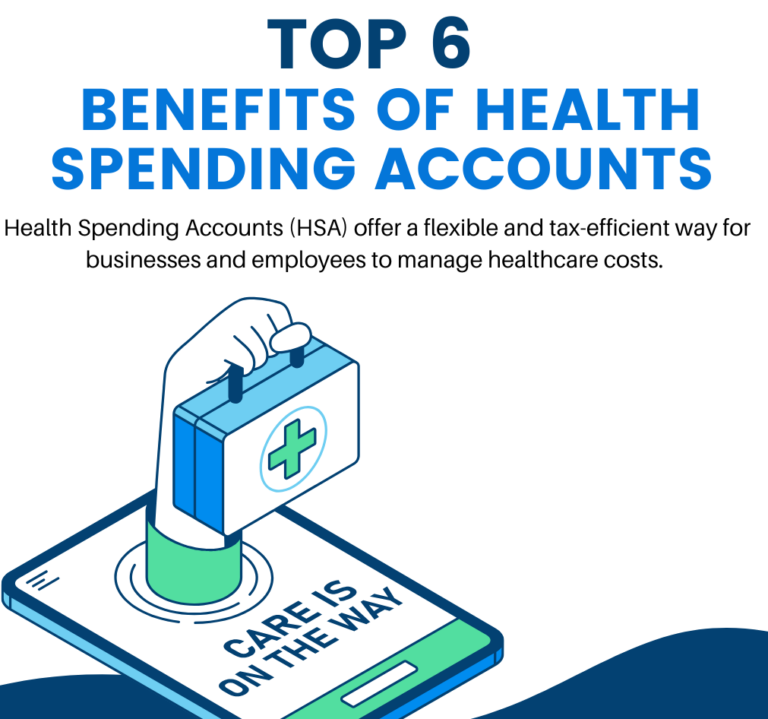Library
We are on a mission to empower businesses of all sizes by simplifying the process. Our mission is to provide a platform that understands the intricacies of business operations, offering not just coverage but a partner in risk management.
Need help navigating our mobile app? Check out the walkthrough video below.
Searching by Title
- 6 Mins
Workers, especially Millennials and Gen Z, are prioritizing workplaces that offer comprehensive small business health benefits...
- 4 Mins
While boomers traditionally viewed HSAs as a supplementary retirement savings tool, millennials and Gen Z are using HSAs with a completely different mindset.
- 5 Mins
Enter the HSA – a game-changer for employee retention. Understanding eligible expenses is key to its success.
- 4 Mins
Well tech is redefining employee benefits, yet many businesses - big and small - still struggle to offer meaningful, cost-effective healthcare solutions.
- 3 Mins
In today's competitive business landscape, Small and Medium Enterprises (SMEs) face numerous challenges in attracting and retaining top talent while managing costs effectively. As SMEs strive to differentiate themselves and create an attractive workplace environment, innovative employee benefits solutions become increasingly important. One such solution that has been gaining traction is spending accounts. Let's explore how spending accounts can benefit SMEs and empower them to thrive in the modern business world.
- 3 Mins
An employee class is a category of employees which is used to group employees based on job-related criteria, such as job titles or departments, pay scale, or branch in corporate hierarchy. When it comes to benefits, they may also be used to offer different coverage.
- 2 Mins
Imagine an employee benefits plan as a seesaw, with benefits on one end and employees on the other. If employees use too many benefits, the balance tips unfavorably. But if they don’t have enough coverage, they struggle to stay healthy.
- 3 Mins
A Health Spending Account (HSA) is a perk for employees that provides compensation for various health and dental costs, typically covering expenses beyond those included in a conventional, fully insured plan with Extended Health Care (EHC) coverage.











